World Museum of Mining
A sprawling museum located on the former site of the Orphan Girl Mine.
The World Museum of Mining sits on the grounds of a formerly active mine and boasts many different original structures and equipment, encapsulating a major part of Butte, Montana’s, rich mining history.
By the late 19th century to the early 20th century, the town had established itself as one of the major copper boomtowns of the American West. At that time, copper was in high demand and was needed for new technologies, including the use of electric power. By 1910, Butte was dubbed “the richest hill on Earth,” as it had many different mines sprawled around its city limits.
One such mine that was unveiled within the city in 1875 was known as the “Orphan Girl Mine,” also nicknamed “Orphan Annie” or just “The Girl,” because of its desirably cool working temperatures (55 to 56 degrees Fahrenheit). The Orphan Girl Mine had been mined to a depth of 3,200 feet and surprisingly did not produce copper, but did produce silver, lead, and zinc. The mine closed in 1956 and in 1963 the land was designated to become the site of the World Museum of Mining, which opened its doors to the public in July of 1965.
The Orphan Girl mine yard features many still-standing original structures from the mine’s heyday, including the 100-foot-tall headframe and the Hoist House (the headframe was renovated in 2013, making it accessible to walk up into). The Hoist House also houses other exhibits as well as original equipment.
Other attractions in the mine yard include the original cages that miners rode on to descend down into the mine, a memorial structure consisting of four walls of polished black granite slabs sandblasted with the names of 2,500 men who lost their lives in mining, mill/smelter, concentrator, or railroad accidents. The mine yard also features over 66 other exhibits showcasing mining equipment used from the 1860s to the 1970s.
Along with the mine yard, the museums other staple feature is an accurate recreation of an 1890s mining town, playfully named “Hell Roarin’ Gulch.” The mock-town features 15 intact historic structures and 35 other buildings built with old materials by volunteers between the mid-’60s to the 1980s. All of the buildings are filled with an abundance of period artifacts and some even with mannequins wearing period attire. Many of the historic structures in the faux town are complete, original structures that were moved to the museum from surrounding areas in Montana, including the superintendent’s house, the schoolhouse, and two churches.
Know Before You Go
The museum offers two different underground mine tours, one that takes you to a depth of 65 feet and another to a depth of 100 feet. The museum also features a gift shop/entrance building which also houses two mini-museums, the first being a mineral room that features rocks and minerals gathered by a former miner of the Orphan Girl Mine. The second mini-museum consists of a collection of varying dolls and dollhouses.
The museum is only open from April 1 to October 31 and is open from 9 a.m. to 6 p.m. Monday through Saturday, and open 10 a.m. to 6 p.m. on Sundays. The underground mine tour is a separate admission or can be bought with regular admission in a package deal, tour times vary so call ahead of time to ask about them. The museum is located in the back of Montana Tech’s campus; from West Park Street you’ll take a left onto Mining Museum Road and follow it all the way down till you reach the museum parking area.
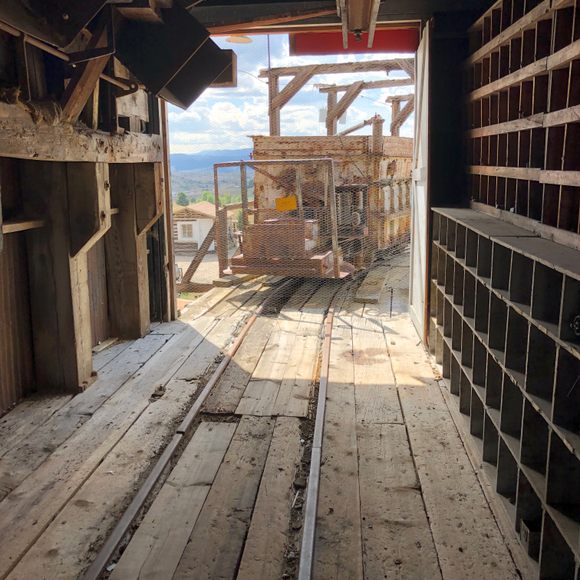

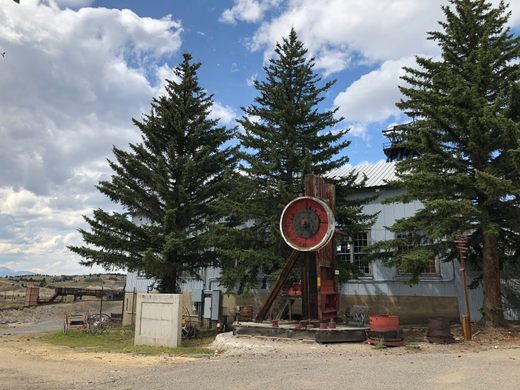
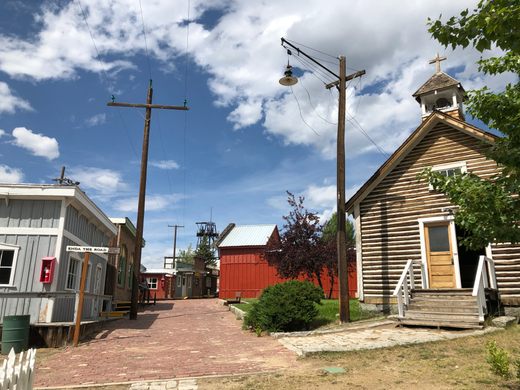
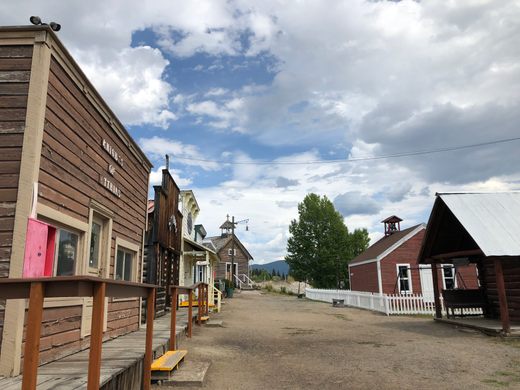

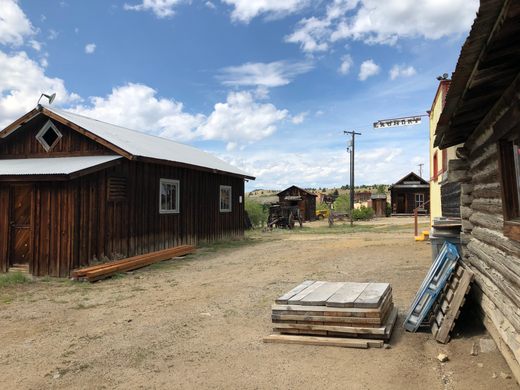
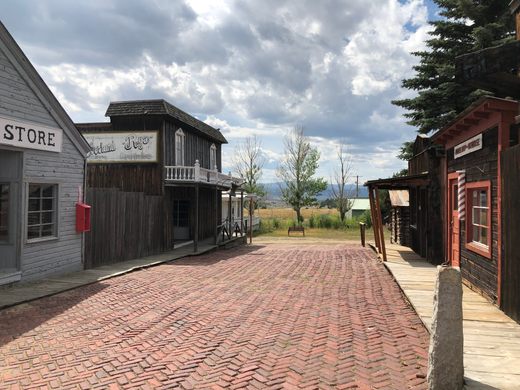
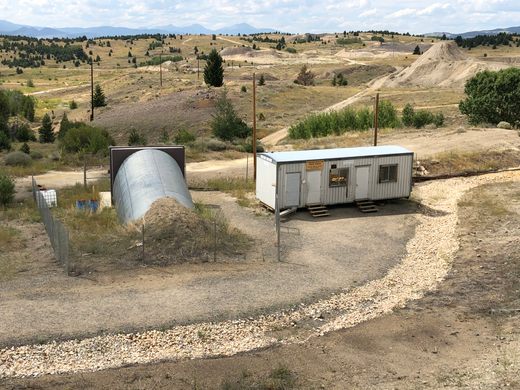

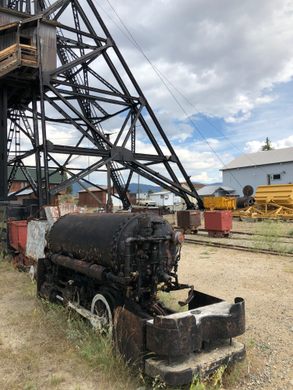
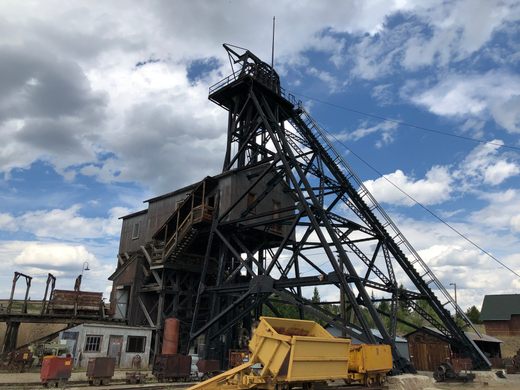
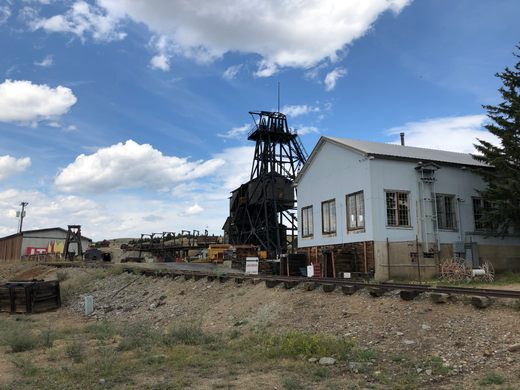
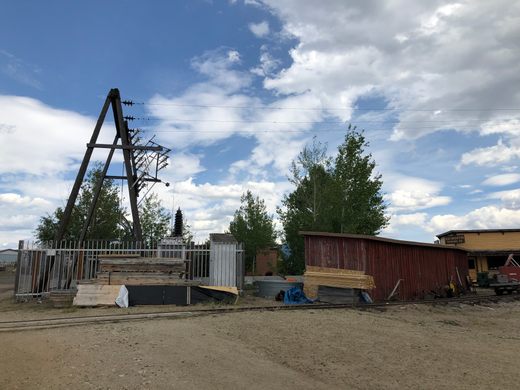
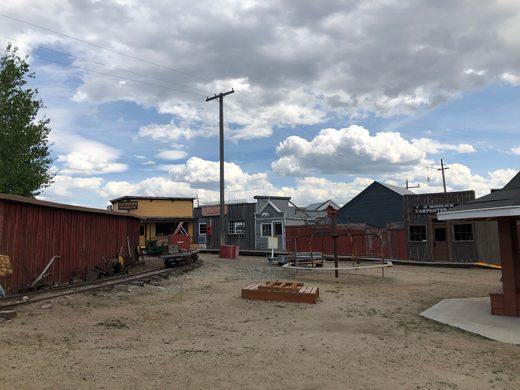

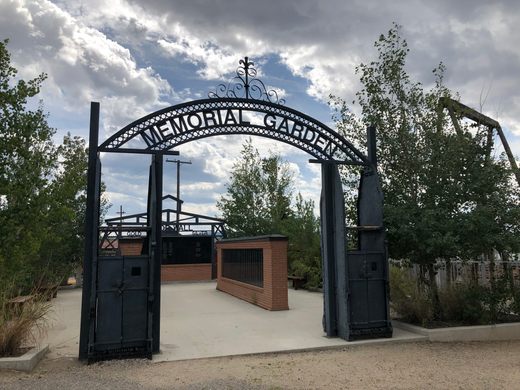
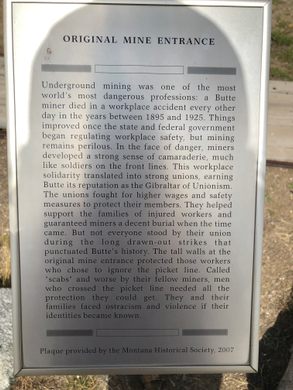
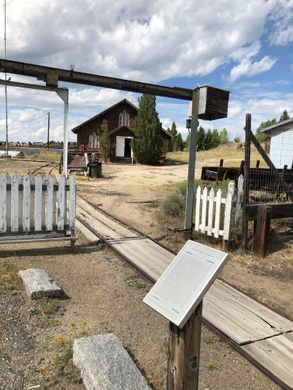
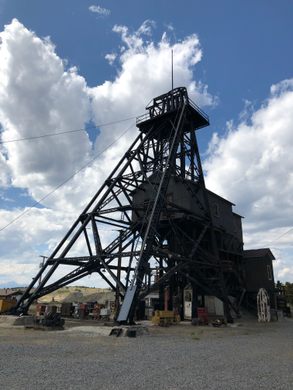

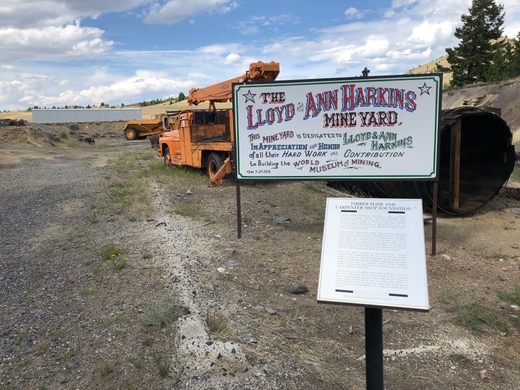
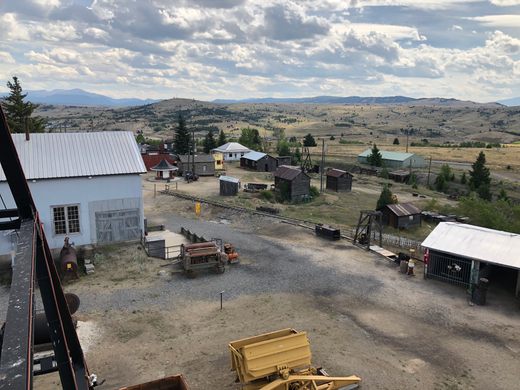
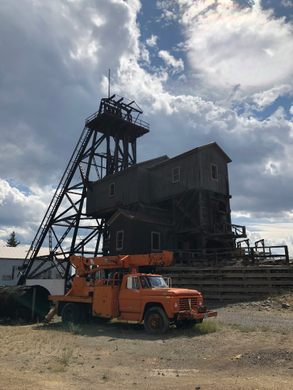
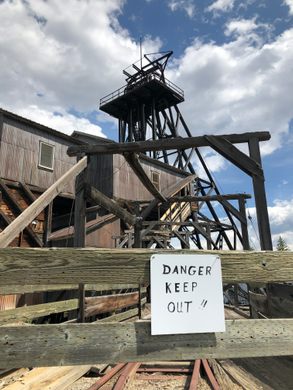
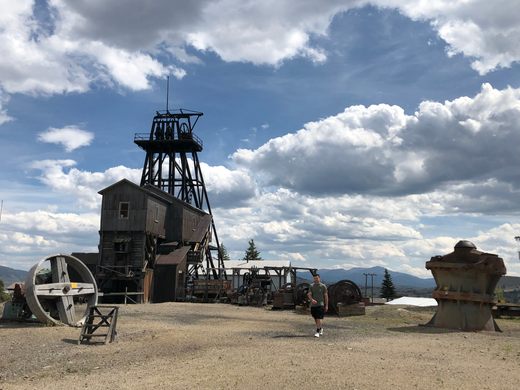
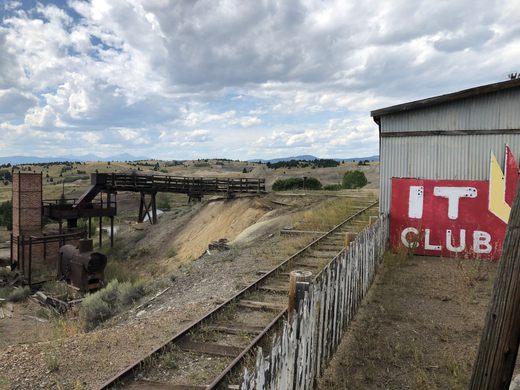
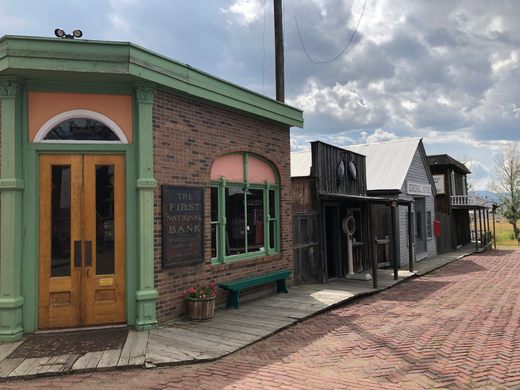
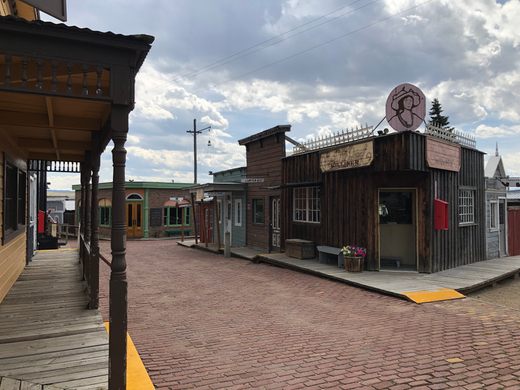
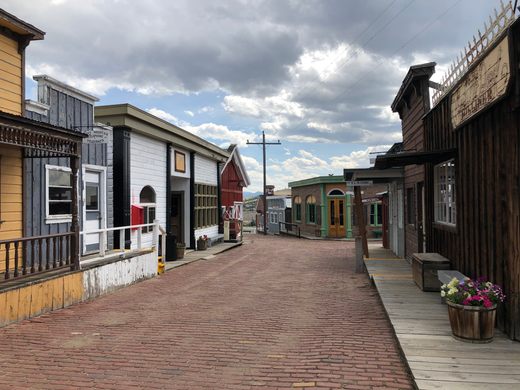
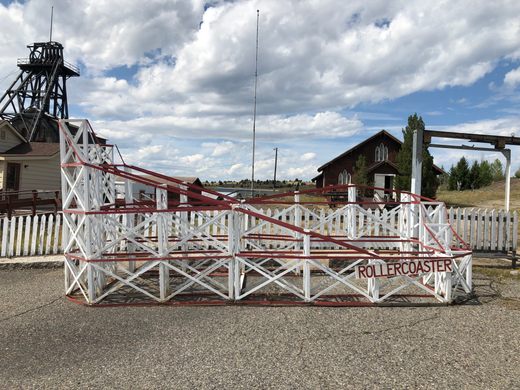



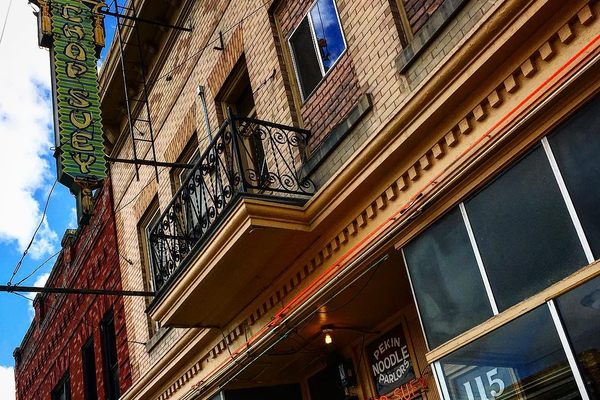
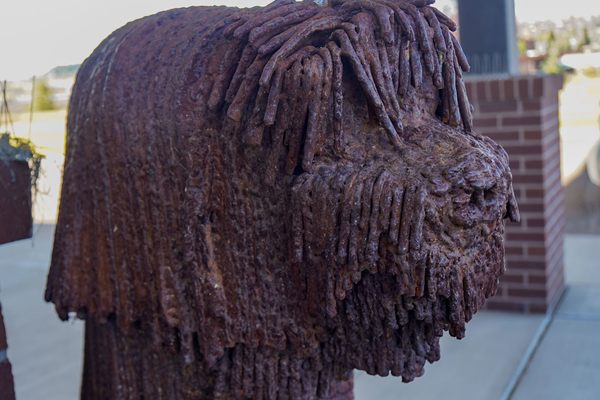


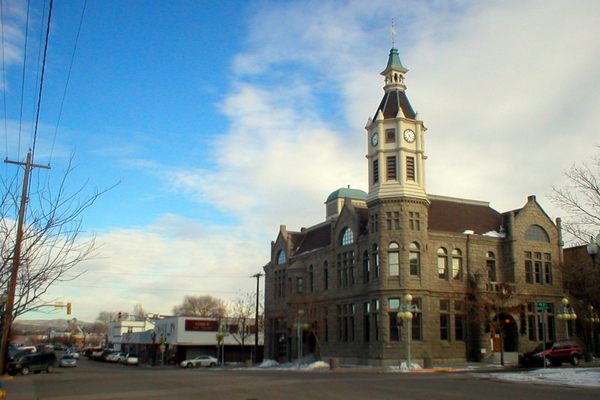



Follow us on Twitter to get the latest on the world's hidden wonders.
Like us on Facebook to get the latest on the world's hidden wonders.
Follow us on Twitter Like us on Facebook